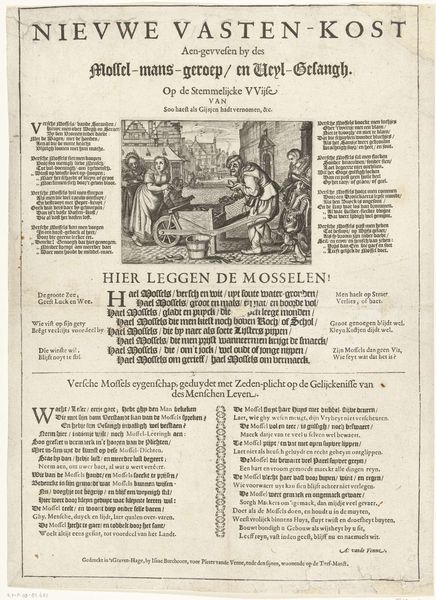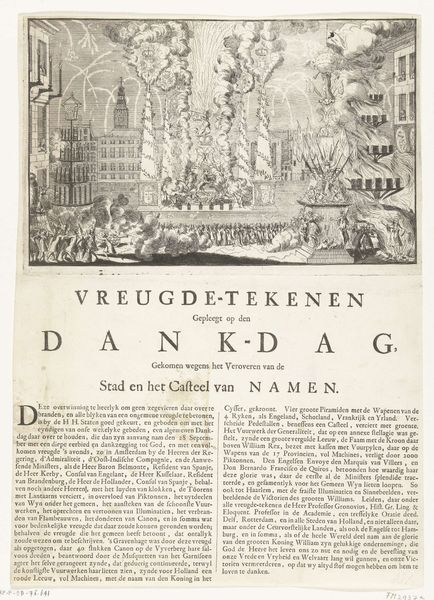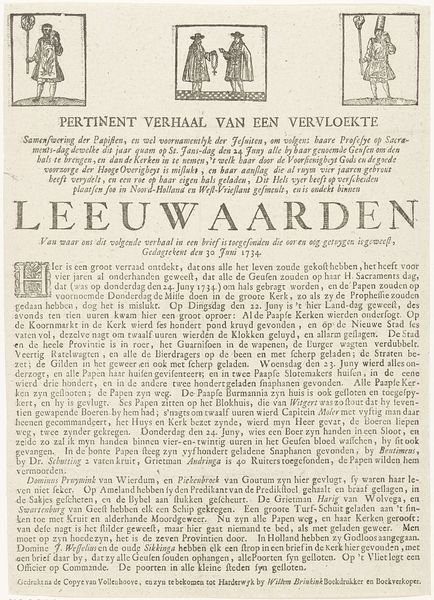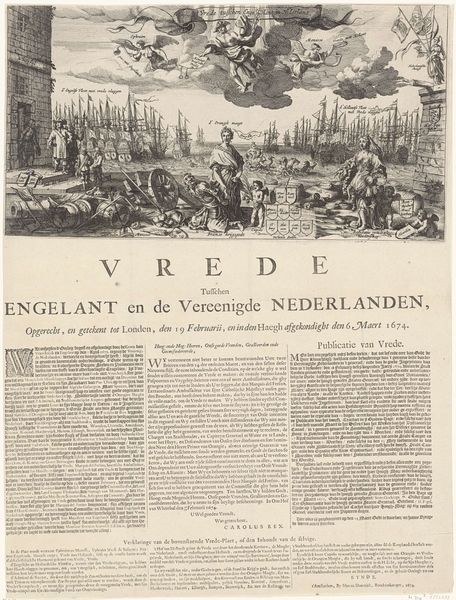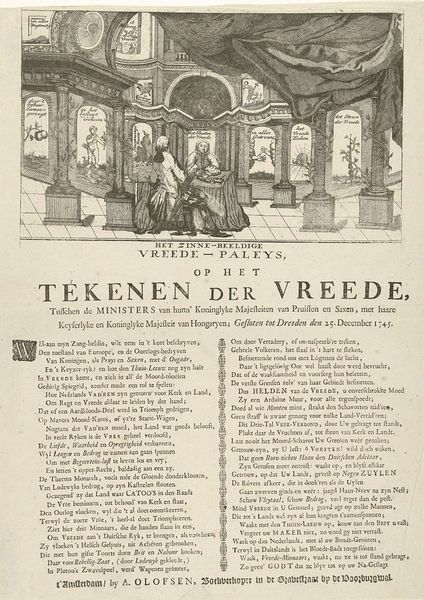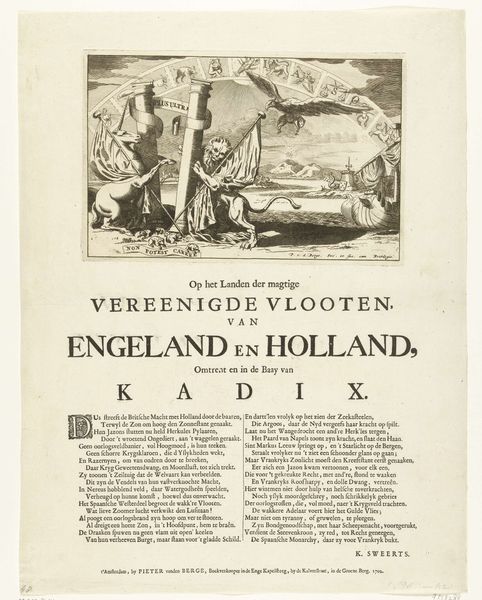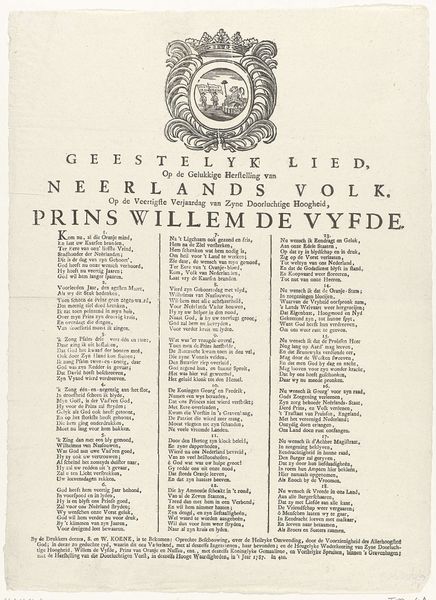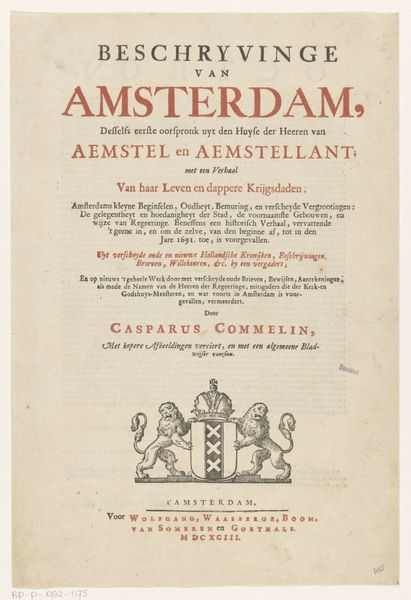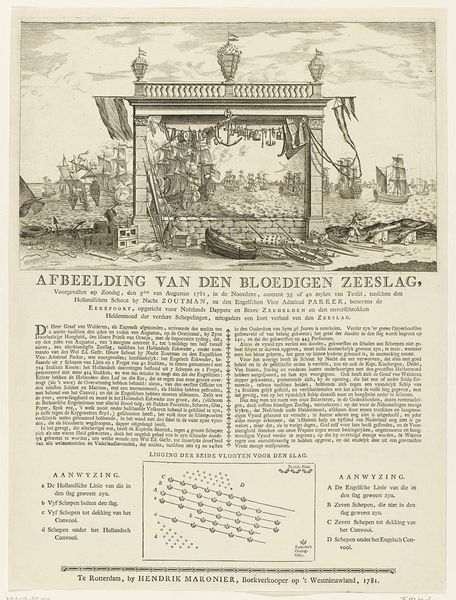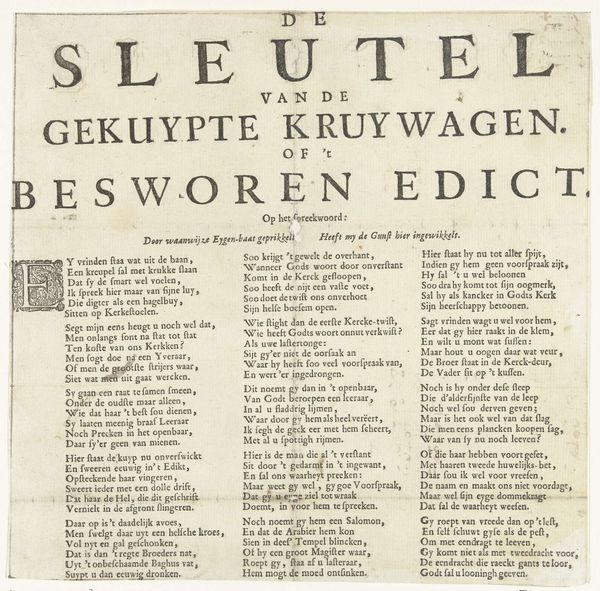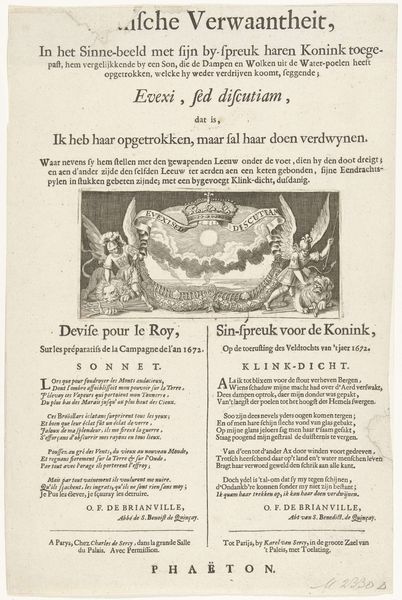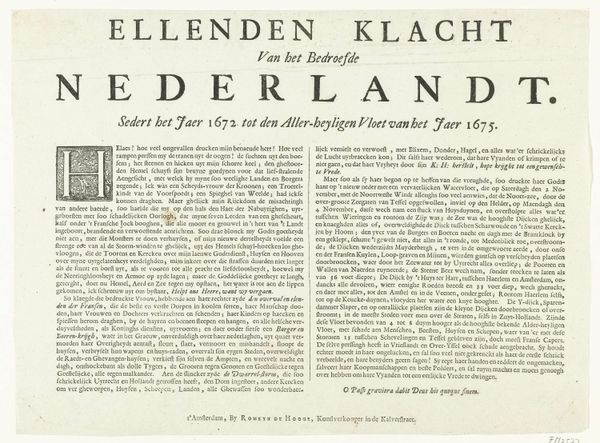
Het Bombardement der Citadel van Antwerpen, voorgevallen in December 1832 1832 - 1833
0:00
0:00
anonymous
Rijksmuseum
print, engraving
#
type repetition
#
aged paper
#
dutch-golden-age
# print
#
old engraving style
#
hand drawn type
#
romanticism
#
script
#
stylized text
#
thick font
#
cityscape
#
script guideline
#
history-painting
#
engraving
#
historical font
#
columned text
Dimensions: height 463 mm, width 375 mm
Copyright: Rijks Museum: Open Domain
Curator: This engraving, titled "Het Bombardement der Citadel van Antwerpen, voorgevallen in December 1832," which translates to "The Bombardment of the Citadel of Antwerp, which took place in December 1832," dates back to 1832-1833. It’s currently housed at the Rijksmuseum. It is unsigned; the artist remains anonymous. Editor: Oh, wow, there's something unsettlingly energetic about this! I'm getting a sense of a city under siege, almost like a bird's-eye view of chaos erupting on this parchment-looking material. The scale and aged feel... it's very intriguing. Curator: Absolutely, the context surrounding this work speaks volumes. It captures a significant historical event, reflecting the sociopolitical tensions between Belgium and the Netherlands during the Belgian Revolution. The visual narrative it creates really underscores a time of conflict and transformation, with the events depicted sparking discussions of nationalism, colonialism, and resistance. Editor: Yeah, I feel that! I see the citadel centrally placed in this depiction, a symbol of power amidst the pandemonium of bombardment. I like that the print gives the impression of the olden days – literally. It’s more than just an image, it tells stories of the era’s battles! What did Antwerp and the citadel stand for? Curator: Well, Antwerp held strategic and economic significance. Its siege symbolized the struggle for independence and control. As you pointed out, its visual representation also reveals how notions of heroism, sacrifice, and national identity were shaped and propagated during periods of conflict. What is also striking is the superimposition of war upon city, with life caught in its inexorable torrent. Editor: It gives the whole image this layered vibe, doesn't it? Makes you reflect on the sheer weight of it all, on the impact these clashes had on ordinary lives. Now I want to investigate other war prints made during the age. Are they really the forerunners of news photography, albeit from the perspective of power? I suspect so, because the bottom is filled with propaganda verse in equally thick font and stylized structure! Curator: Precisely. Reflecting on this engraving brings to mind how deeply entrenched warfare is within our collective historical and social narratives, and how this connects with our perceptions of place, nationality, and cultural change today. I'm interested to think about this historical visual language that has echoes through contemporary modes of image construction. Editor: And, personally, it nudges me to appreciate the little bubbles of quiet I can grasp, especially those rare days free from strife! I think I feel lucky to exist on a beautiful planet…
Comments
No comments
Be the first to comment and join the conversation on the ultimate creative platform.
